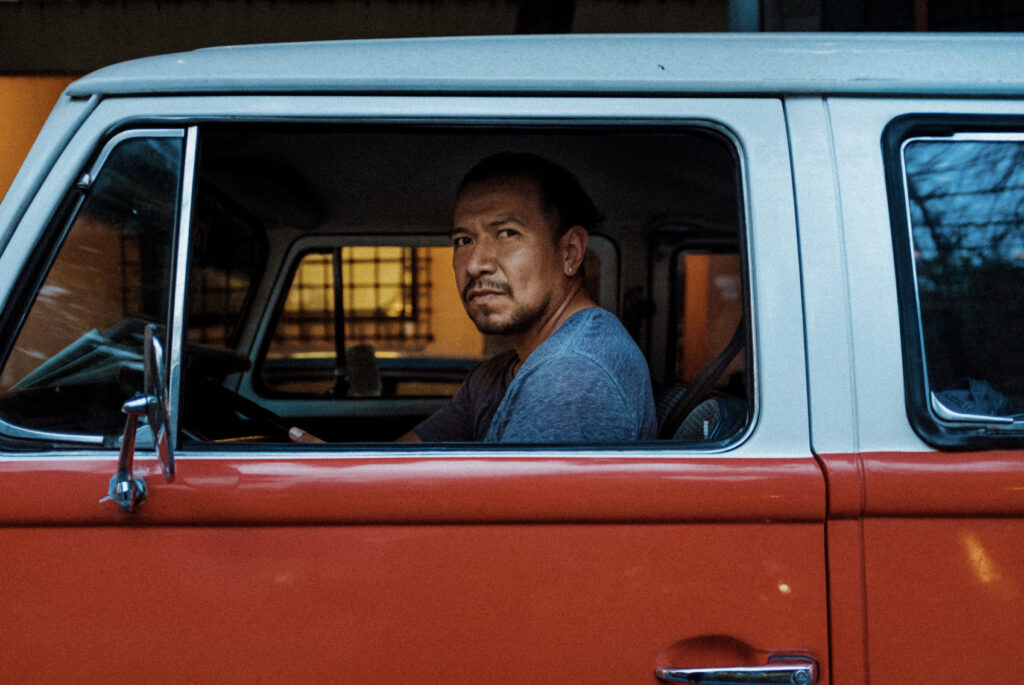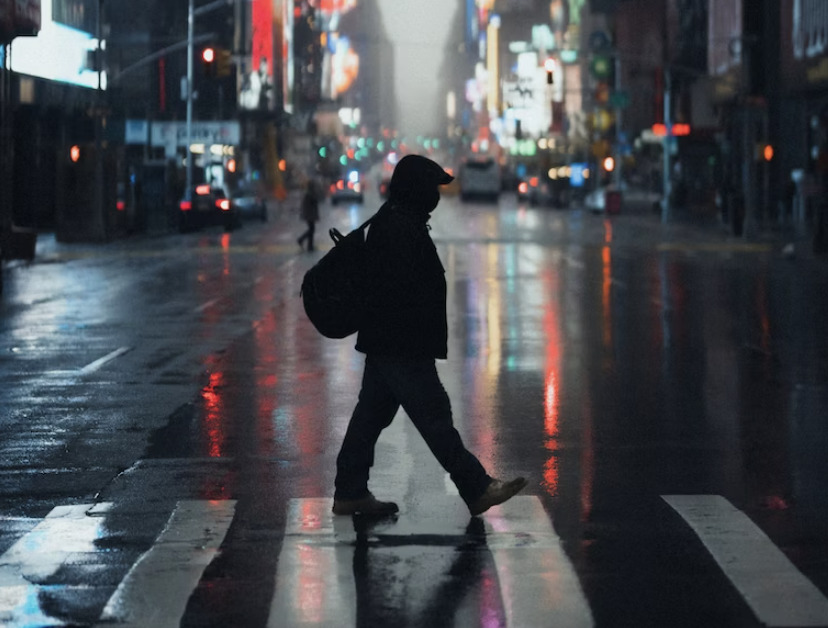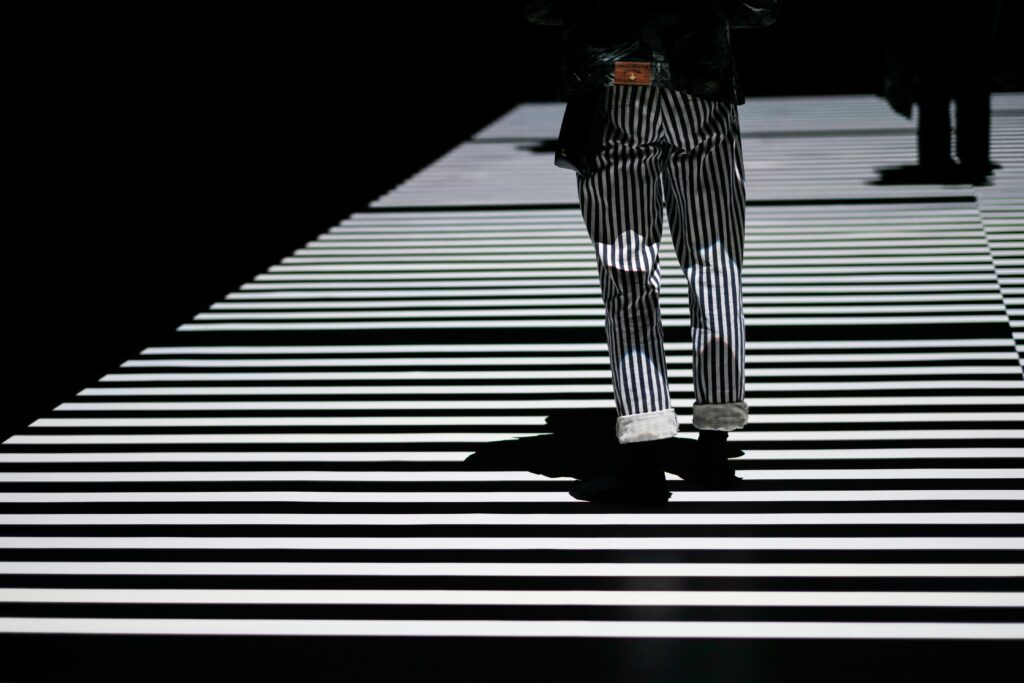How about brushing up on your skills for better street photography?
When it comes to the general question of how to improve one’s photography skills, one of the most pragmatic, most commonly issued bits of advice is to simply shoot all the time. Always have your camera with you wherever you go (even when you’re at home) — the idea is you get better by doing.
The “at home” part of this makes sense for macro photographers, still life photographers, product photographers, or portrait photographers; you can be at home and still get in plenty of practice.
But what if you’re a street photographer?
It’s not like you can replicate the street environment inside your home — the one place where pretty much everything is under your control. You can’t practice navigating busy streets and moving through throngs of bodies in motion.
At home, you can, however, practice two essential skills that are at the core of successful street photography.
Camera Control
The comfort of your own home is the ideal place to get to know your camera better. If you can’t change settings without stopping to look at various buttons or menus, that’s a skill you should prioritize.
When you’re in a crowded, fast-moving, rapidly changing environment you want as few impediments as possible to get a good shot. Having to pause and look down at your camera when you want to change a setting or two is going to be a major impediment — you’re taking your eyes off the action, possibly missing good shots.
Many street photographers set up their cameras in such a way as to minimize or perhaps even eliminate the need to change settings while they’re on the street — an aperture of f/8, a shutter speed of 1/250 second, and auto ISO might be a good starting place.
So while you’re at home you can take the time to set your camera up how you’d like for street photography. You can make things even easier for yourself and create a preset for these settings.
Once you take your camera out into a street environment there’s no guarantee you won’t need to change settings even when using a preset, so it’s still best to know your camera like the back of your hand — master the tactile operation of your camera.
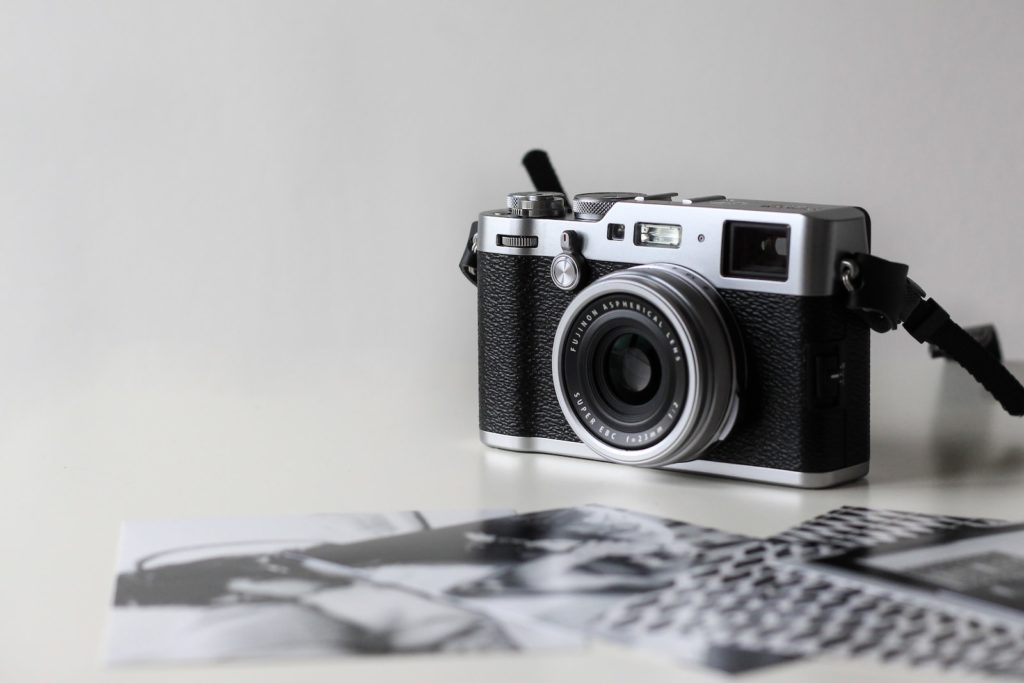
Observation Skills
Observation skills have nothing to do with your camera but everything to do with what you capture. These are important skills for better street photography!
The best street photographs are the result of keen observation skills — knowing where to look and anticipating action; having an understanding of human behavior and responding to it quickly; even knowing where to stand. All of these are key to a good street photo and they are all skills you can practice at home.
Of course, much of this relies on the presumption that there’s at least one other person living with you (though a dog or cat might be a reasonable substitute). And if that other person happens to be a young child, you will be especially well prepared for what the outside world might throw at you.
It’s not just the mannerisms and behaviors of people that a street photographer observes, however. You also have to observe light and shadows, as these are factors that impact the mood of your photos.
Again, this is something you can practice at home. Watch how the light filters in through your windows at different times of day and on different sides of your home. Then as your unwitting subject moves throughout your shared space, you find as many different ways to capture them as you can.
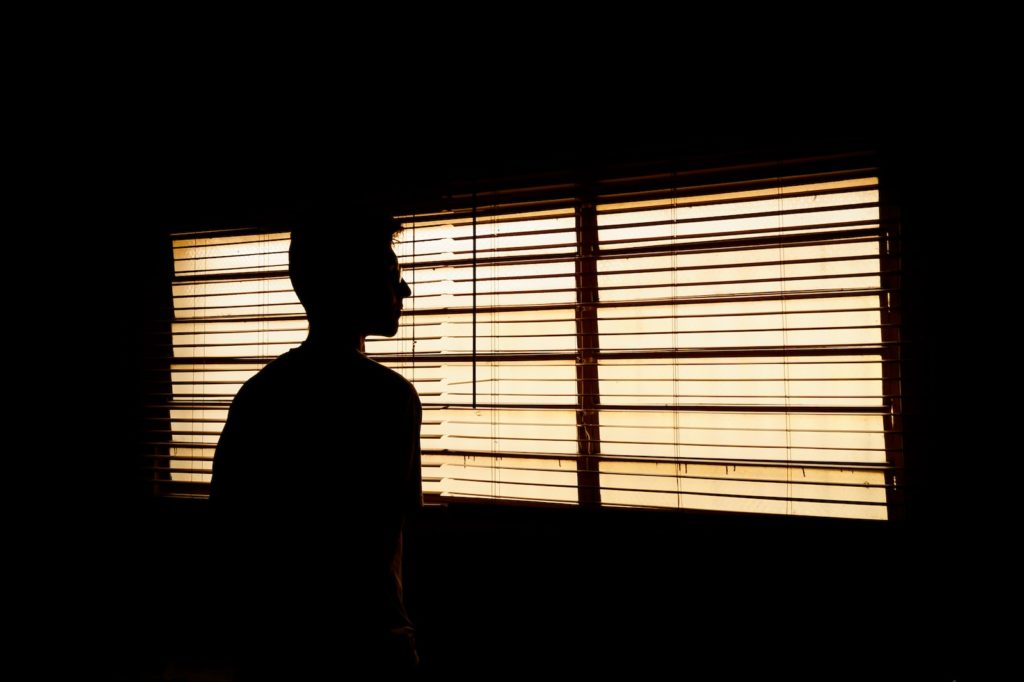
Final Thoughts On Skills For Better Street Photography
If you’re a street photographer or want to become a better street photographer, the same principle of practice applies to you as it does any other type of photographer. Yes, a street photographer can practice at home.
So if you’re indoors for extended periods, don’t let that time go to waste. Take every opportunity to practice, and once you do get to immerse yourself in the bustle of the streets again, you will be pleased with how well the things you practiced indoors adapt to the outdoors.
Further Reading:
- List Of Resources For Street Photography
- How To Capture The Life Of A City Through Street Photography
- 10 Best Cities For Street Photography…In The World!
- These Street Photography Tips Will Help You Master The Craft
- 70 Street Photography Tips For Beginners
- 10 Street Photography Tips That Will Make You A Better Photographer


